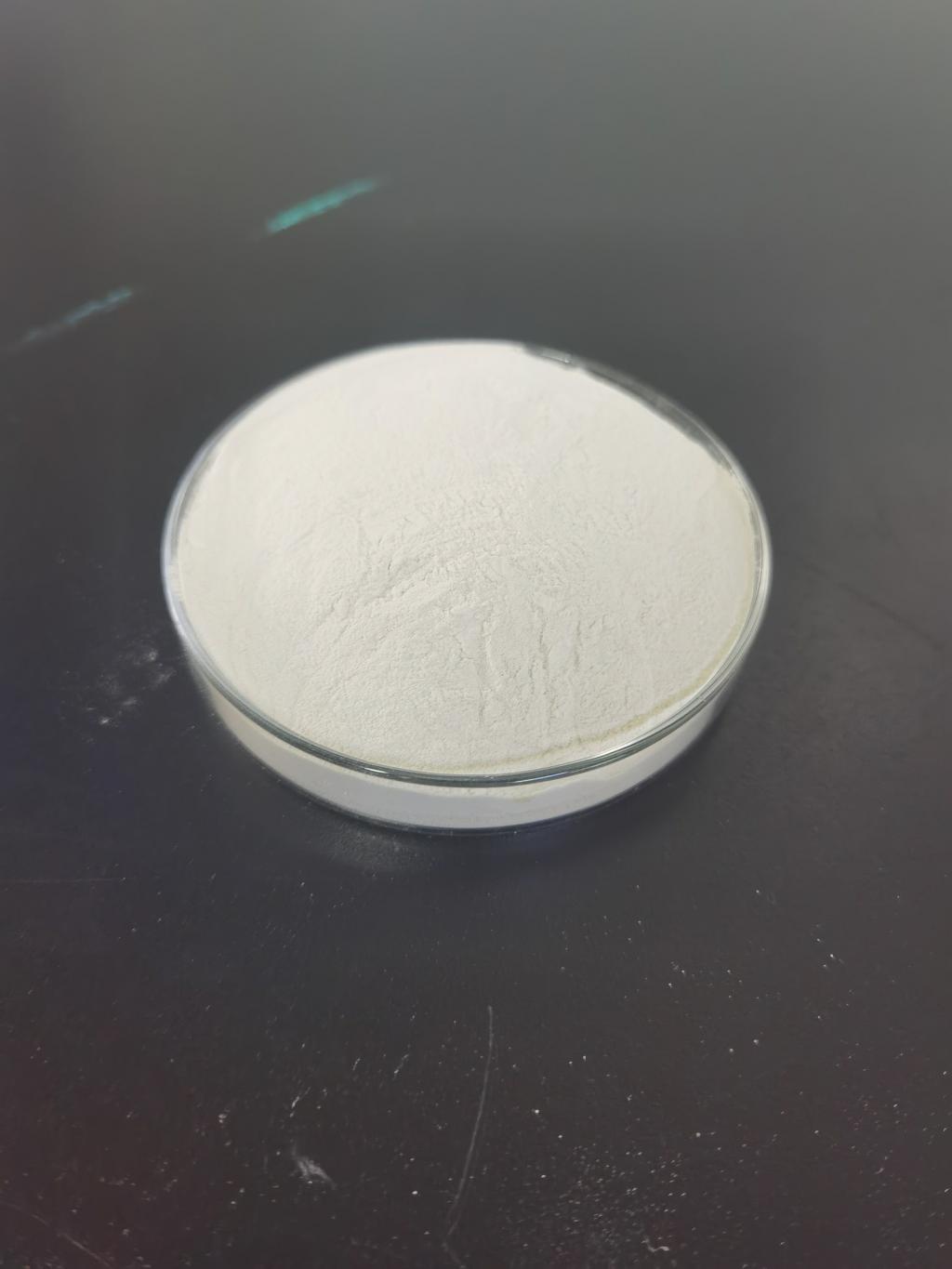Tel:+8618231198596

News
 CONTACT
CONTACT
 CONTACT
CONTACT
- Linkman:Linda Yao
- Tel: +8618231198596
- Email:linda.yao@dcpharma.cn
- Linkman:CHARLES.WANG
- Department:Overseas
- Tel: 0086 0311-85537378 0086 0311-85539701
News
Current Position:
Home >
News
>Exploring the potential of Nisin in extending the shelf life of fresh produce.
Exploring the potential of Nisin in extending the shelf life of fresh produce.
TIME:2024-04-30
Nisin: Properties and Mode of Action:
Nisin is a natural antimicrobial peptide that was first discovered in the 1920s. It is produced by certain strains of Lactococcus lactis during the fermentation of milk products. Nisin exhibits broad-spectrum antimicrobial activity against a wide range of Gram-positive bacteria, including foodborne pathogens such as Listeria monocytogenes and Staphylococcus aureus. The antimicrobial action of nisin is primarily attributed to its ability to disrupt bacterial cell membranes, leading to leakage of cellular contents and ultimately cell death. Importantly, nisin is heat-stable, pH-stable, and non-toxic to humans, making it an attractive option for food preservation.
Applications of Nisin in Fresh Produce Preservation:
Several studies have investigated the potential of nisin in extending the shelf life of various fresh produce items. For example, research has demonstrated that nisin treatment can effectively inhibit the growth of spoilage bacteria and fungi on fruits such as strawberries, grapes, and apples. In addition to its antimicrobial properties, nisin has been shown to delay senescence and maintain the overall quality of fresh produce by reducing oxidative stress and enzymatic browning reactions. Furthermore, nisin can be applied via different methods, including dipping, spraying, and incorporation into edible coatings, offering flexibility in its application to different types of produce.
Factors Influencing the Efficacy of Nisin:
While nisin shows great promise as a natural preservative for fresh produce, several factors can influence its efficacy. These factors include the concentration of nisin applied, the pH and temperature of the storage environment, the presence of other antimicrobial compounds, and the inherent microbial load of the produce. Optimizing these factors is essential to maximize the shelf life extension benefits of nisin while ensuring food safety and quality.
Safety and Regulatory Considerations:
One of the key advantages of nisin as a food preservative is its long history of safe use. Nisin has been approved for use as a food additive in many countries, including the United States, European Union, and Japan. Regulatory agencies such as the U.S. Food and Drug Administration (FDA) and the European Food Safety Authority (EFSA) have evaluated the safety of nisin and established acceptable daily intake levels. However, it is important to ensure that nisin is used within approved limits and in accordance with good manufacturing practices to mitigate any potential risks.
Future Directions and Challenges:
While the potential of nisin in fresh produce preservation is promising, several challenges remain to be addressed. Further research is needed to optimize the application methods and formulations of nisin to ensure uniform and effective coverage on produce surfaces. Additionally, studies investigating the combined use of nisin with other natural preservatives or packaging technologies could enhance its efficacy and expand its applicability across a wider range of produce types. Moreover, consumer acceptance and market demand for products treated with nisin may influence its adoption by the food industry, highlighting the importance of education and communication regarding the benefits and safety of this natural preservative.
Conclusion:
In conclusion, nisin holds great promise as a natural preservative for extending the shelf life of fresh produce. Its broad-spectrum antimicrobial activity, safety profile, and compatibility with different application methods make it a viable alternative to synthetic preservatives. However, further research is needed to optimize its efficacy and address practical challenges associated with its implementation. By harnessing the potential of nisin, we can enhance food safety, reduce food waste, and contribute to a more sustainable food system.
- Tel:+8618231198596
- Whatsapp:18231198596
- Chat With Skype







